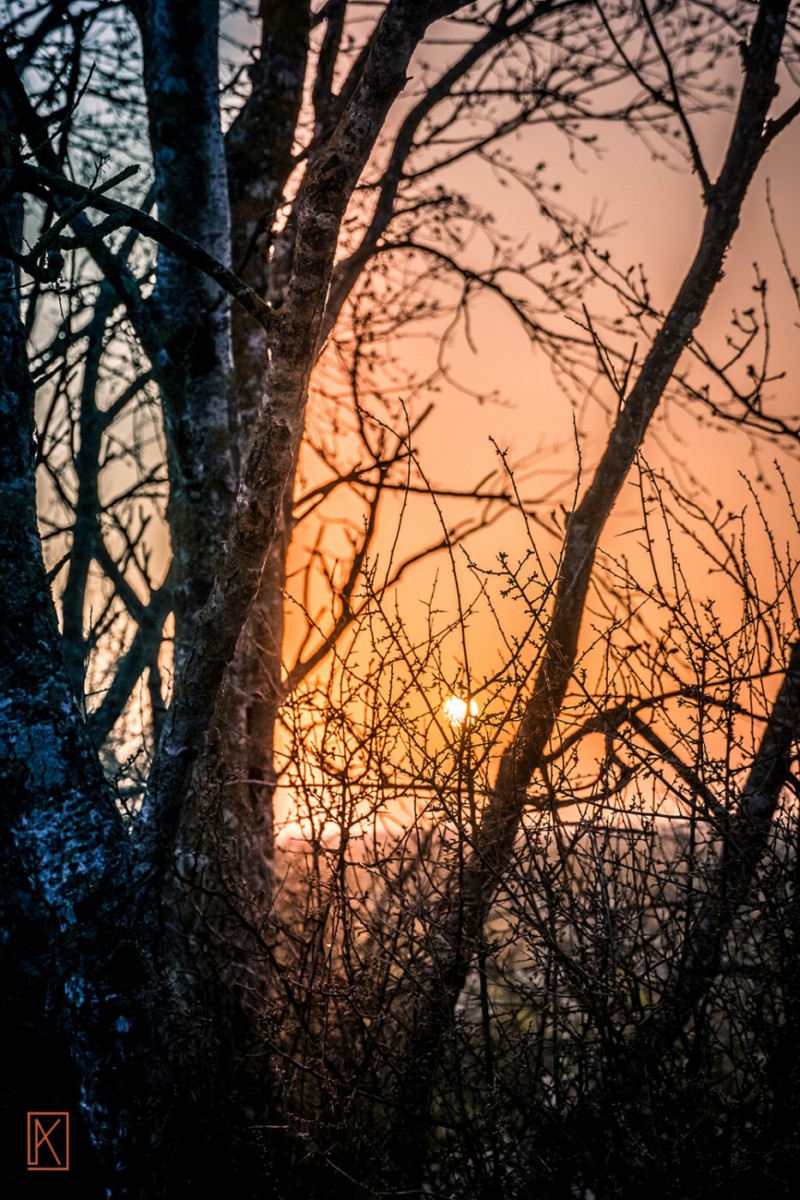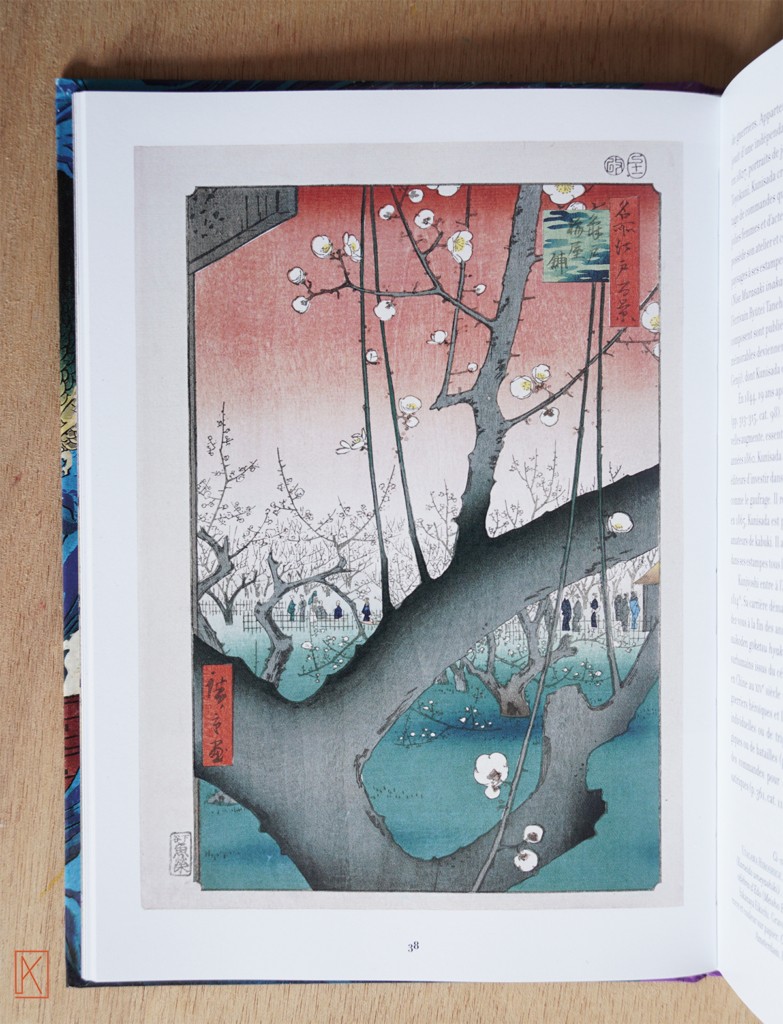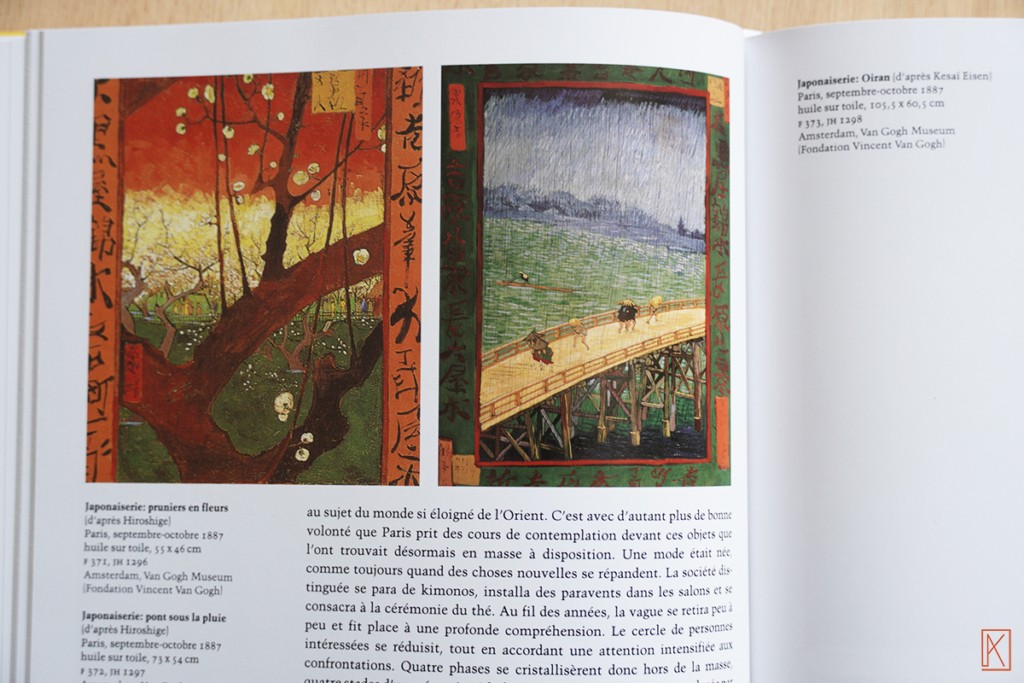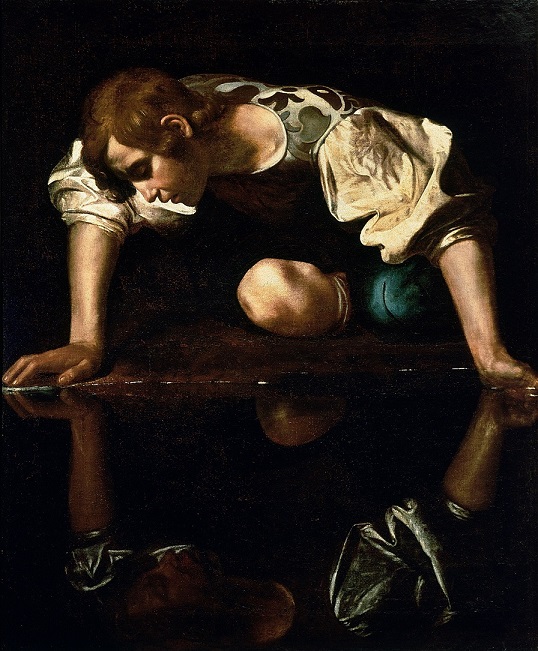“I am following Nature without being able to grasp her, I perhaps owe having become a painter to flowers.” – Claude Monet
Blooming plum garden. It is possible that this expression or a vague visual associated with it will slowly resurface in your memory. Some images, strong of their visual language, are inscribed in our memory independently of our will. Like musical tracks, repeated in a loop in commercials, shows and movies. We recognize them by their sound, but are sometimes unable to give them a name or a circumstance of creation.
Some time ago I shared with you a photo of a sunset. Dark branches are visible against the light. The light of a winter sun hits the tree creating a mesmerizing aura, ranging from pink to pale yellow.
This vision, fascinating in person, is difficult to reproduce faithfully in photography. It has been portrayed by countless photographers, painters and enthusiasts, with diverse, but always inspiring results.
During a winter walk I tried to capture the moment without understanding what called me in this composition. Weeks later, I found my photograph and that’s when it hit me. My inspiration was manipulated by my memory.
Today I want to tell you about two incredible authors who were touched by an identical composition, although one of them was more fascinated by the former than by the landscape.

Blooming plum garden from the land of the rising sun
Between 1856 and 1858, Utagawa Hiroshige (born in 1797 in Edo and died on October 12, 1858 in Edo), undertook the realization of one of the major series that will mark his career: The Hundred Views of Edo. 119 prints were made using woodcuts to represent the most popular views and destinations of Edo (Tokyo).
Thus in November 1857 is made one of the most famous prints of this series: “The plum garden of Kameido” (亀戸梅屋舗, Kameido Umeyashiki).
The Kameido district is located in the east of the capital, in the Kôtô district. It is said that in the past this district was an island shaped like a turtle shell, “Kame” in Japanese. With time, the island would have merged with the beach and inherited the name of Kame-jima,
There are several theories about the blooming orchards, the most common being that the rich merchant Iseya Hikoemon planted beautiful plum trees in the gardens of his second home. Whatever is the origin of these gardens, we know that they attracted a lot of people, giving Hiroshige the necessary inspiration.
The plum tree depicted by the Japanese artist had the name Garyūume, “dragon at rest” , a name it owed to its climbing trunk. The tree was swept away by a flood in 1910. A column is still present on the site with the inscription: “Remnant of the plum orchard”.
This is how this orchard is described in the List of Famous Places in Edo: “It really looks like a dragon on the ground. The branches intertwine and seem to turn into a new trunk. The tree extends to the right and left. The aroma of the flowers makes you forget the aroma of the orchids, the bright white of the flowers tightly packed together takes away the evening. “

Surprising talents
Several particularities make the fame of this print. First of all it is its colors. The white, pink and red of the sky are superimposed in subtle gradation marking the viewer by its realistic simplicity. This gradation testifies to an important know-how in the realization of the prints, whether it be on the part of the creator, the sculptor or the colorists.
However, the most phenomenal element of this work is its composition. Indeed, at a time when photography did not yet exist and the angles of representation were rather classical, it was rare to see visuals cut into several planes, especially this strong. The fact of representing a trunk in the foreground so closely instead of a whole tree was a major advance in visual arts with a creative and unique point of view.

The admired admirer
These elements prompted one of Hiroshige’s most famous admirers to produce a copy of this print on canvas in 1887. We are talking about Vincent Van Gogh (born March 29, 1853 in Groot-Zundert, Netherlands and died July 29, 1890 in Auvers-sur-Oise, France). Like Monet, Van Gogh was fascinated by Japanese prints and accumulated an impressive collection.
In the middle of the 19th century, after the opening of Japan to the West, the artistic style of Japonism developed in France. Attracted by it, Van Gogh bought his first prints in Anvers. Later, together with his brother Theo, they put together a collection of more than 400 works, now exhibited in the Van Gogh Museum in Amsterdam.
Vincent copies the prints with oil paint. Some elements are reproduced identically, others are personalized. Among these copied works we can mention “The Courtesan” by Eisen or “Ohashi, sudden shower in Atake” by Hiroshige.
If we look closely at the works of the Dutch painter, we can see an evolution towards the more frank colors and the marked contours so characteristic of Japanese prints. Of course Van Gogh makes it all even more amazing with his characteristic brushstrokes and an incomparable fluidity.
In his numerous letters to his brother, Vincent testifies to his affection for Japanese art and writes: “All my work is somewhat based on Japanese art…”
A dance of vegetal branching against a pink-orange sky, the source of a story of infinite inspirations, which began earlier than we think and which is not ready to stop. Finally, once a work of art has been created, it becomes the nature itself. From now on it is part of the Universe, a source of inspiration for those who will come after.


